A Complete Analysis of “Witch with a Comb” by Paul Klee
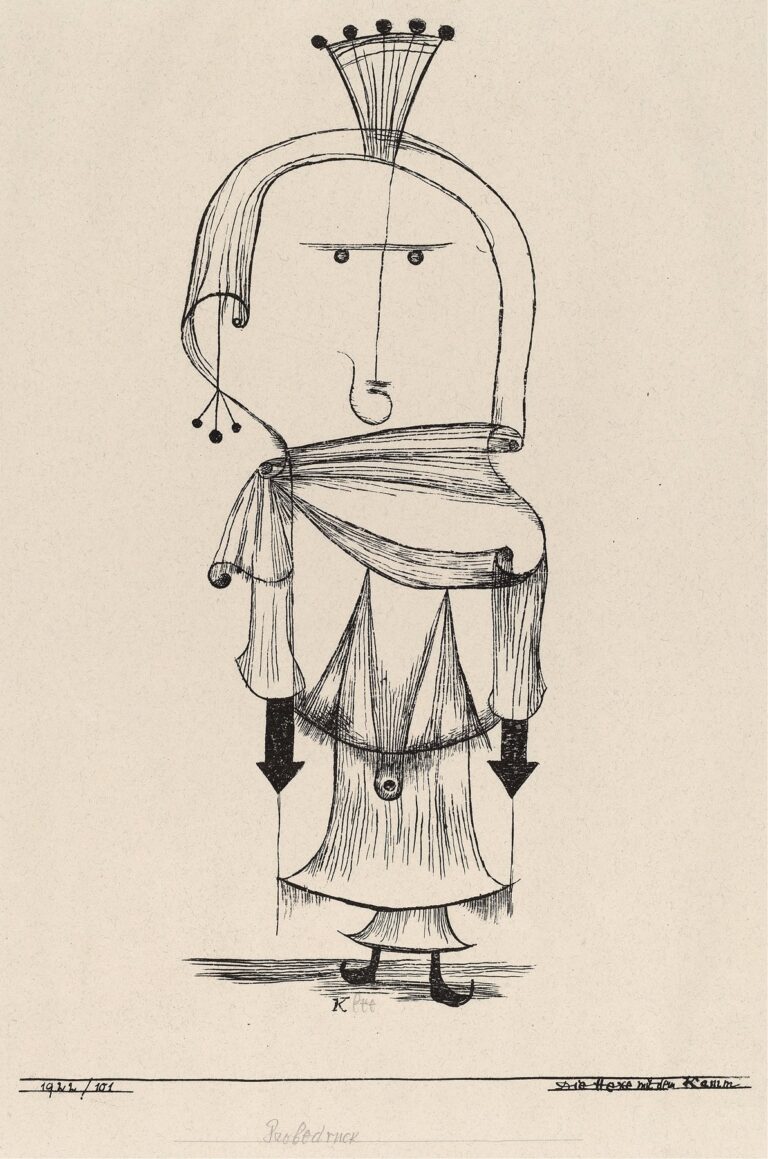
Delve into Paul Klee’s 1922 Witch with a Comb, a haunting pen-and-ink drawing where rhythmic lines and symbolic motifs summon the archetypal witch in minimalist abstraction.

Delve into Paul Klee’s 1922 Witch with a Comb, a haunting pen-and-ink drawing where rhythmic lines and symbolic motifs summon the archetypal witch in minimalist abstraction.

Explore Paul Klee’s 1930 “Doctor,” a schematic figure rendered in watercolor, gouache, and oil wash, blending muted earth tones and dynamic line into symbolic form.
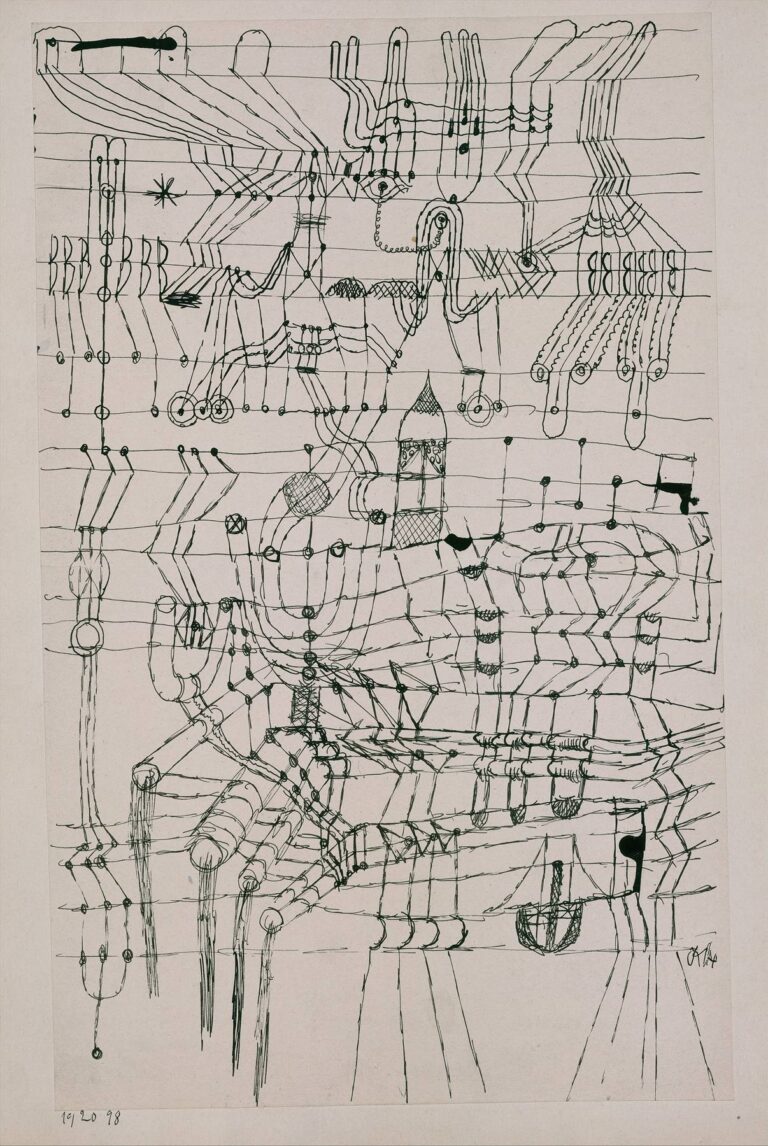
Dive into Paul Klee’s 1920 Drawing Knotted in the Manner of a Net, exploring its intricate web of looping lines, knotted nodes, and Bauhaus-driven rhythm.
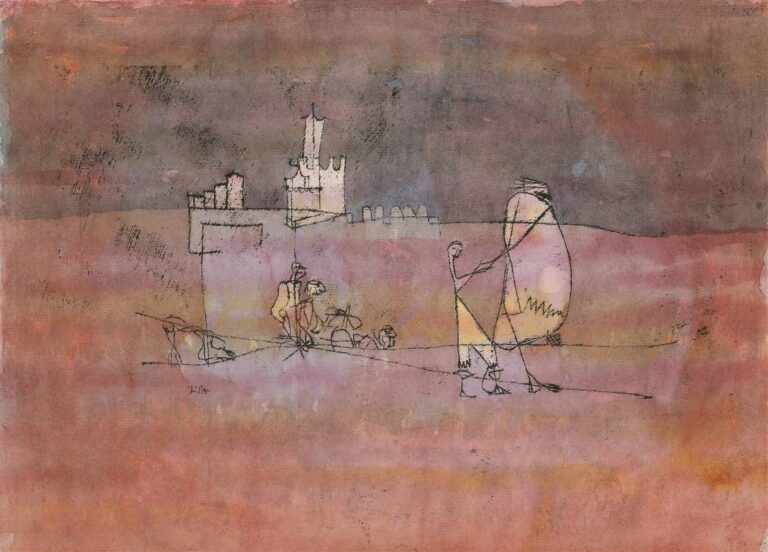
Discover Paul Klee’s 1923 Episode Before an Arab Town, where delicate line work meets luminous watercolor washes to evoke a timeless sense of journey, threshold, and cultural encounter.
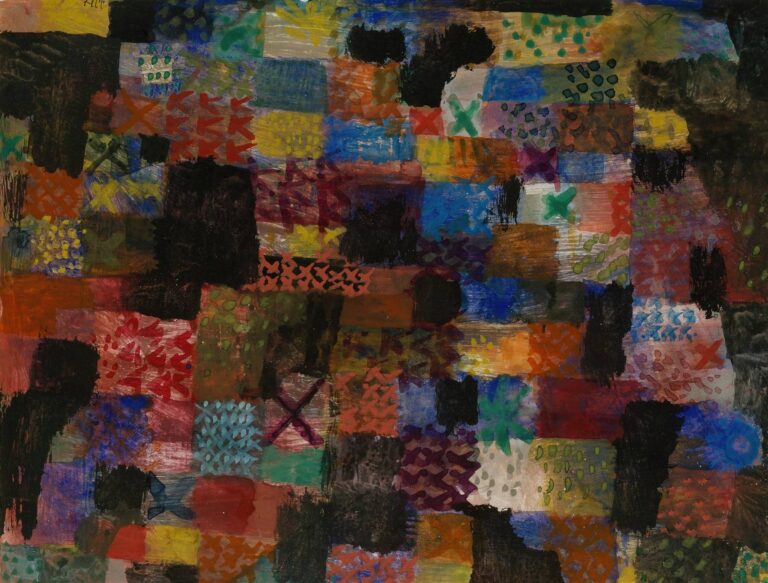
Explore Paul Klee’s 1915 Deep Pathos, where grids, textured color fields, and gestural marks converge in a profound abstract meditation on emotion and structure.
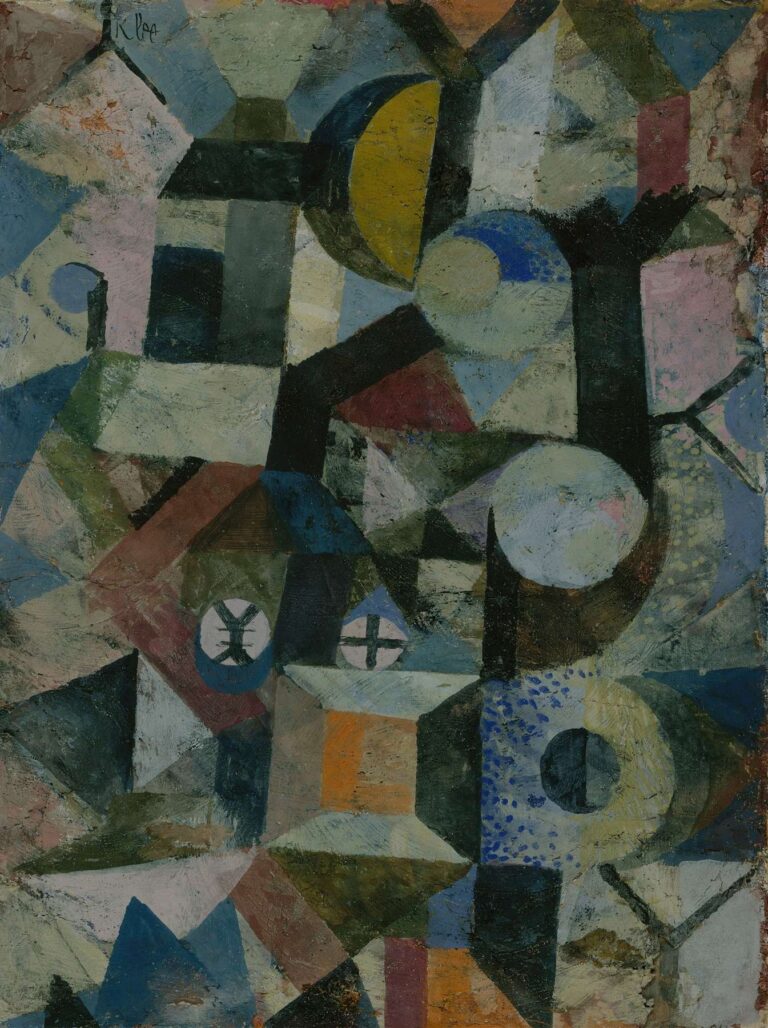
Discover Paul Klee’s 1918 Composition with the Yellow Half-Moon and the Y, an intricate abstract fusion of geometric grids, lunar symbolism, and typographic motifs woven into a poetic visual fugue.
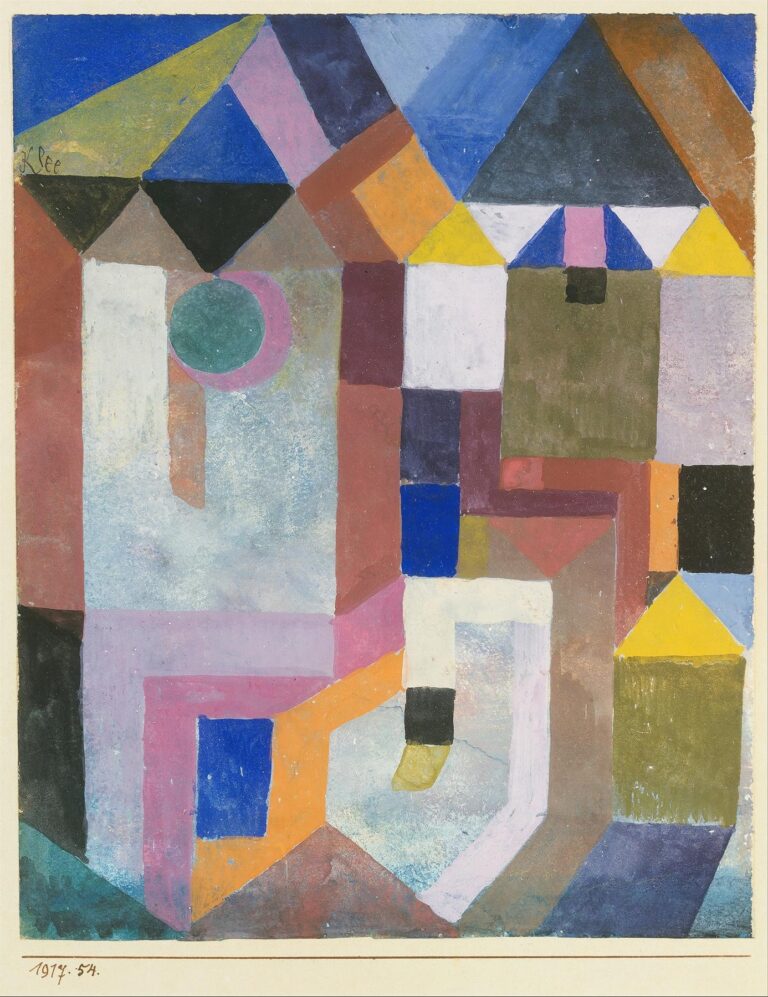
Dive into Paul Klee’s 1917 masterpiece “Colorful Architecture,” exploring its geometric cityscape, rich tonal harmonies, and symbolic interplay of form and space.
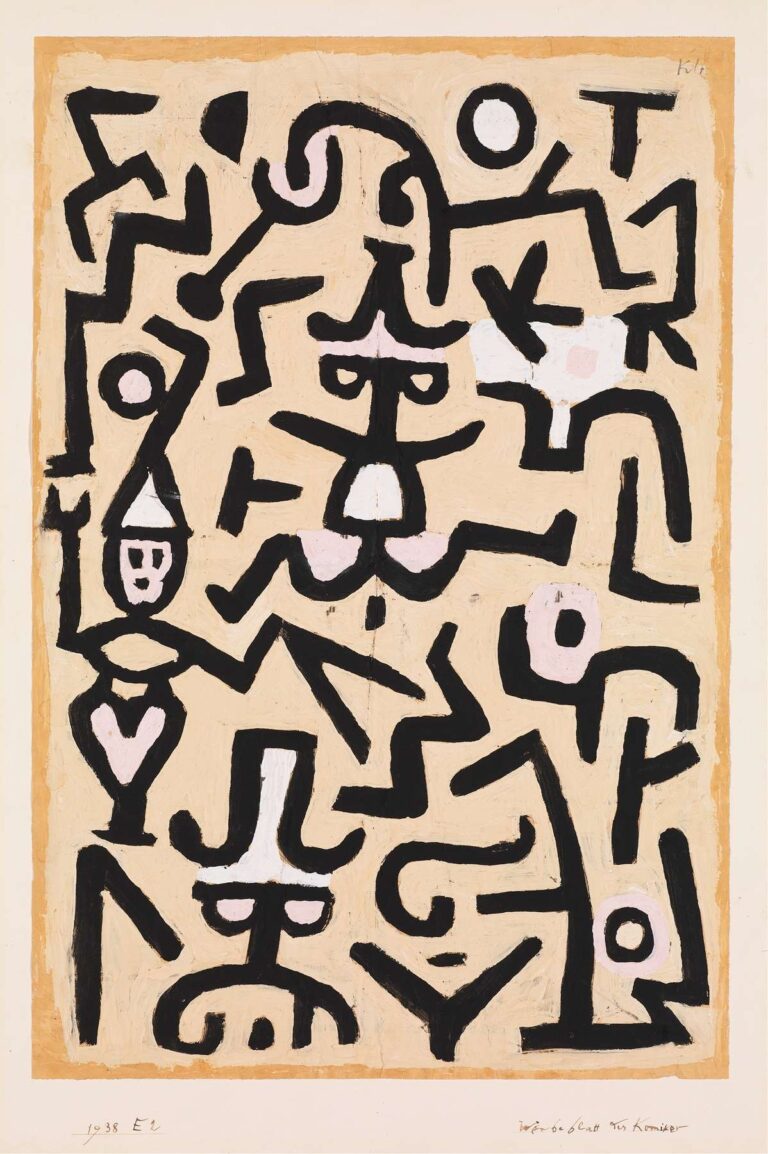
Explore Paul Klee’s 1938 “Comedians’ Handbill,” a dynamic abstract homage to theatrical comedy rendered in bold lines, pastel accents, and rhythmic gesture.
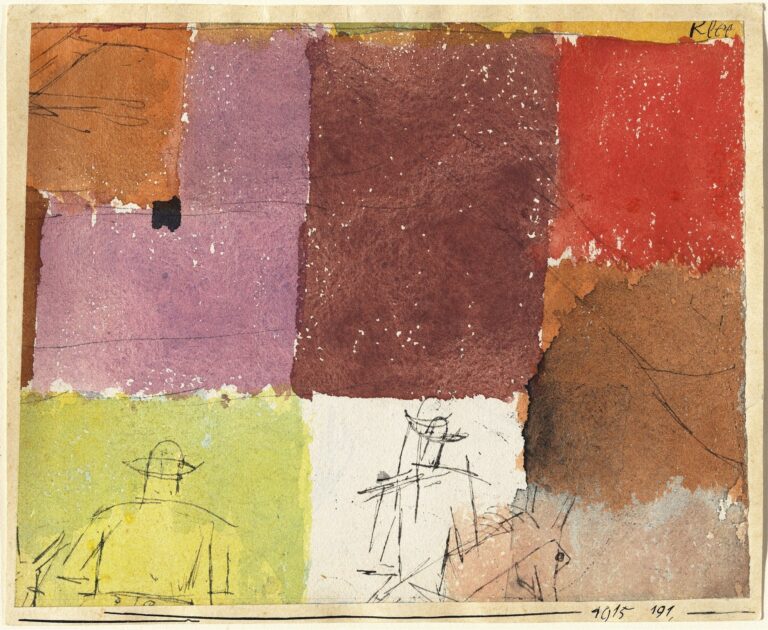
Delve into Paul Klee’s 1915 “Composition with Figures,” exploring its muted color grid, spontaneous pencil silhouettes, and the evocative tension between abstraction and human presence.
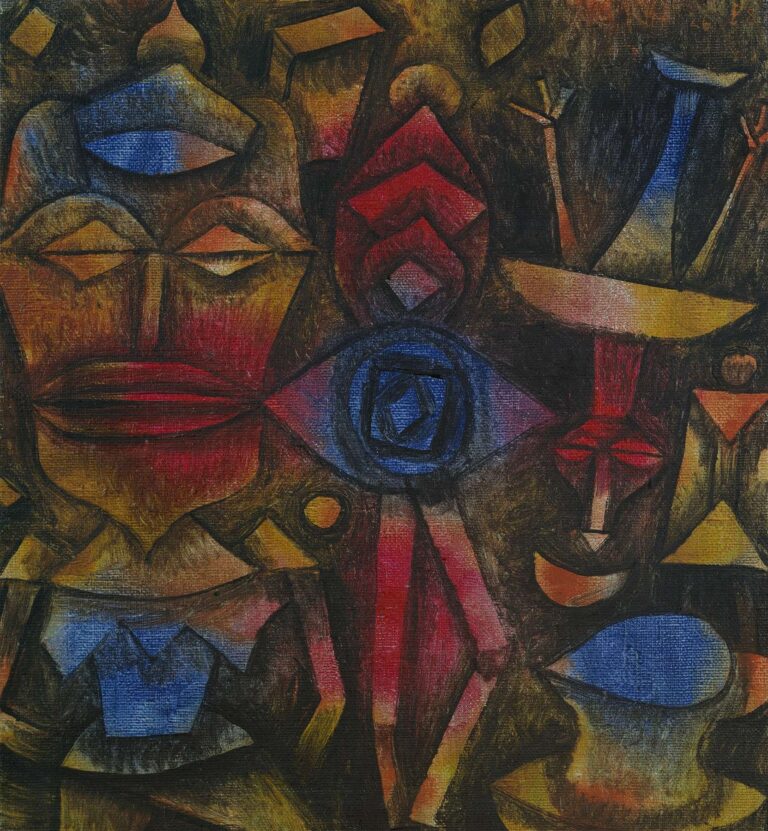
Delve into Paul Klee’s 1926 “Collection of Figurines,” exploring its symbolic mask forms, layered textures, and Bauhaus-inspired abstraction in a detailed art analysis.
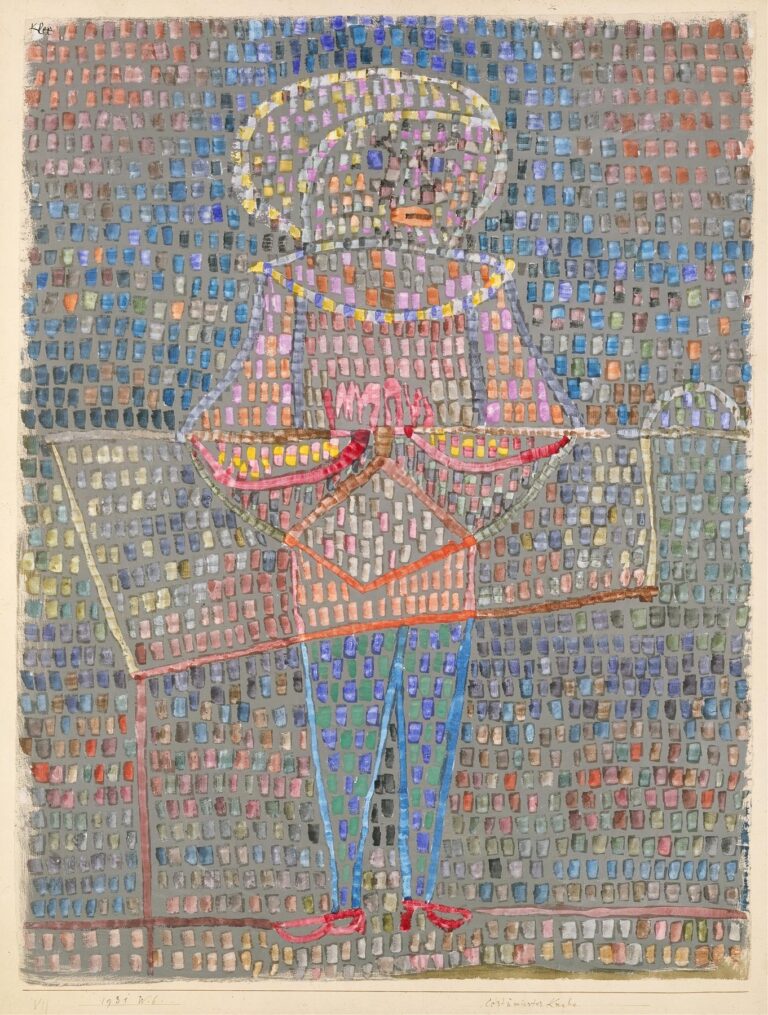
Discover Paul Klee’s 1931 “Boy in Fancy Dress,” a richly textured study of childhood masquerade rendered in mosaic-like color dabs and confident line.
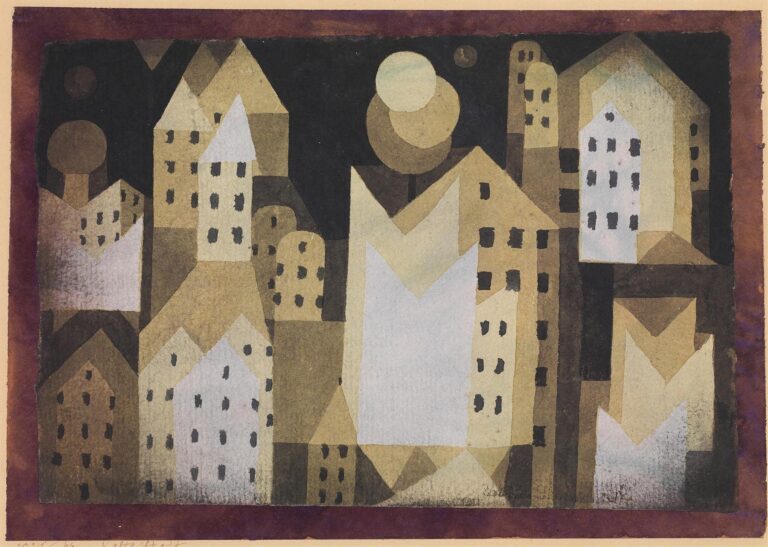
Explore Paul Klee’s 1921 masterpiece “Cold City,” examining its muted color palette, geometric abstraction of architecture, and the emotional resonance of its dreamlike urban tableau.

Delve into Paul Klee’s 1923 watercolor “Classical Grotesque,” exploring its blend of ancient ornament, abstract form, and symbolic depth in a detailed art analysis.
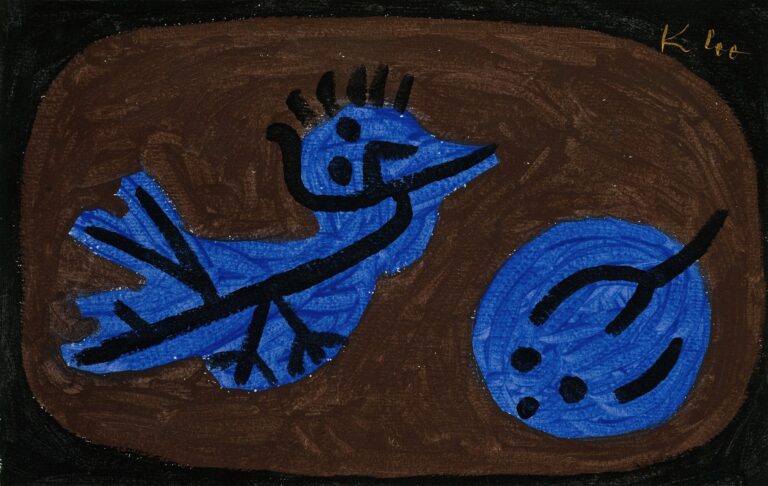
Dive into Paul Klee’s 1939 “Blue-Bird-Pumpkin,” examining its bold cobalt motifs, brown enclosing field, and the symbolic dialogue between bird and fruit.

Delve into Paul Klee’s 1919 watercolor “Black Columns in a Landscape,” exploring its transition toward abstraction through vertical forms, geometric color fields, and symbolic depth.

Explore Paul Klee’s 1932 masterpiece “Clarification,” examining its rhythmic grid, pointillist color fields, and symbolic crescent in a detailed art analysis.

Discover an in-depth analysis of Paul Klee’s 1926 “Bird Wandering Off,” examining its poetic abstraction, atmospheric washes, and symbolic interplay of bird, staff, and pyramids.
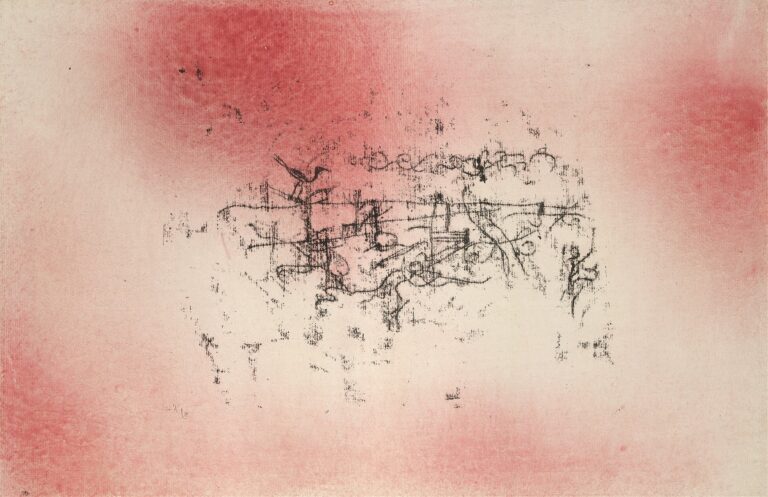
Explore Paul Klee’s 1925 work “Bird Landscape,” revealing its delicate pink wash, calligraphic line notations, and poetic evocation of avian motion in a detailed art analysis.